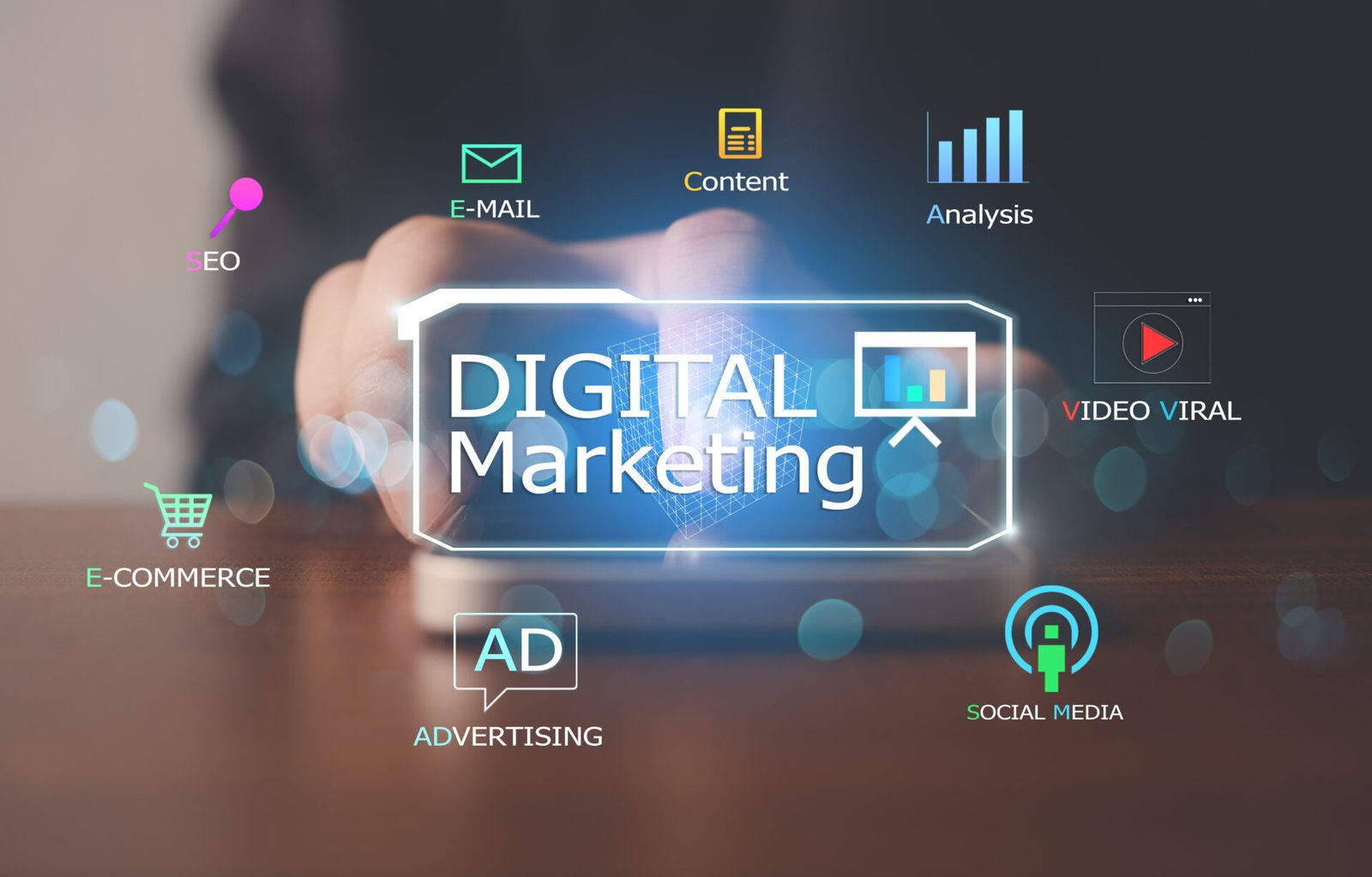

Your website serves as your brand’s online home, and first impressions count. You want your website to be as clean and professional as possible in order to gain trust and close the sale.
Today, we’ll go over four common website mistakes that Panoma professionals see all the time and that will prevent you from selling what you do. But don’t worry, I’ll tell you how to fix them as well!
These four common website errors could be costing you sales. Let’s get this started.
A call to action is a request that is intended to elicit a quick response from the reader/listener. Buy now, schedule an appointment, or call today are some examples.
I see a lot of websites that don’t have a clear call to action visible when the homepage loads and before you scroll (the area known as “above the fold”).
Visitors to your website need to be directed somewhere, and it’s your job to do so. You must tell people exactly what you want them to do, whether it’s to schedule a call, buy your product, or whatever. And you must make it simple to do so.
If someone comes across your website and decides they like what you do but can’t figure out how to get your services/book you/buy from you, you’ll lose that sale.
Add a button to your homepage that appears immediately after the page loads and can be seen without scrolling. Make sure the language is clear, direct, and actionable (ex: buy now, book now, etc.). If you do this, you will notice significant improvements.
An overwhelming amount of text or too much information is one of the most common things I see on my clients’ websites before we begin working together.
You only have about 15 seconds to grab someone’s attention on your website before they leave. They’re looking for three things that will determine whether they stay:
What you are doing
What it does for them or how it solves their problem
What to do next (that CTA we just discussed!)
That’s all! That is all that should be visible above the fold on your website.
People can go to your About page to help build trust with your audience, but keep your About page to a minimum as well. The bottom line is that people dislike reading.
Reduce the amount of text on your homepage. Then, when you think you’re finished, cut it down again.
Have one major statement about what you do and how it solves people’s problems, then keep your words to a minimum further down the page. This will reduce your stress and increase your sales.
Okay, this one isn’t about brand messaging or functionality like the previous two. However, it is a HUGE design that makes me cringe and immediately lose trust in a brand.
Your website should include 1 3 fonts. Max. That’s all.
If you can count more than that on your website, it’s time for a change.
Why? Because it is overwhelming, appears cluttered, and lacks professionalism—all of which can cause trust to be lost.
You want to gain, not lose, your audience’s trust. However, having a space that appears professionally designed will result in more sales in the long run. In addition to the short run.
Whatever your body font is, make sure it’s the same across the board. Then use that font as one of your heading fonts as well.
Then select one more font (*sigh* or two) for other headings that differ from your body text. And I mean drastically different. Otherwise, the similar-but-close font will appear odd.
You’ve now narrowed it down to 1-3 fonts!
It’s a problem in 2023 if your website isn’t mobile-friendly. Not only will it harm mobile visitors, but it will also harm your SEO significantly.
Some sites receive 53% of their traffic from desktop computers and 46% from mobile devices. That’s nearly a 50/50 split!
If your website isn’t mobile-friendly, you’re likely to lose visitors and sales.
Google has a tool for testing your website’s mobile friendliness! All you have to do is enter your URL and test it. So, test out your URL to see if this issue is costing you sales.
You may need to hire a designer for this one. Different website builders have different methods for editing mobile sites, and some of them can be difficult to use.
There are more common mistakes we could discuss, but starting with these four fixes will greatly benefit your site! Visit Panomatechs.com to make your website as clean and professional as possible in order to gain trust and close the sale.



